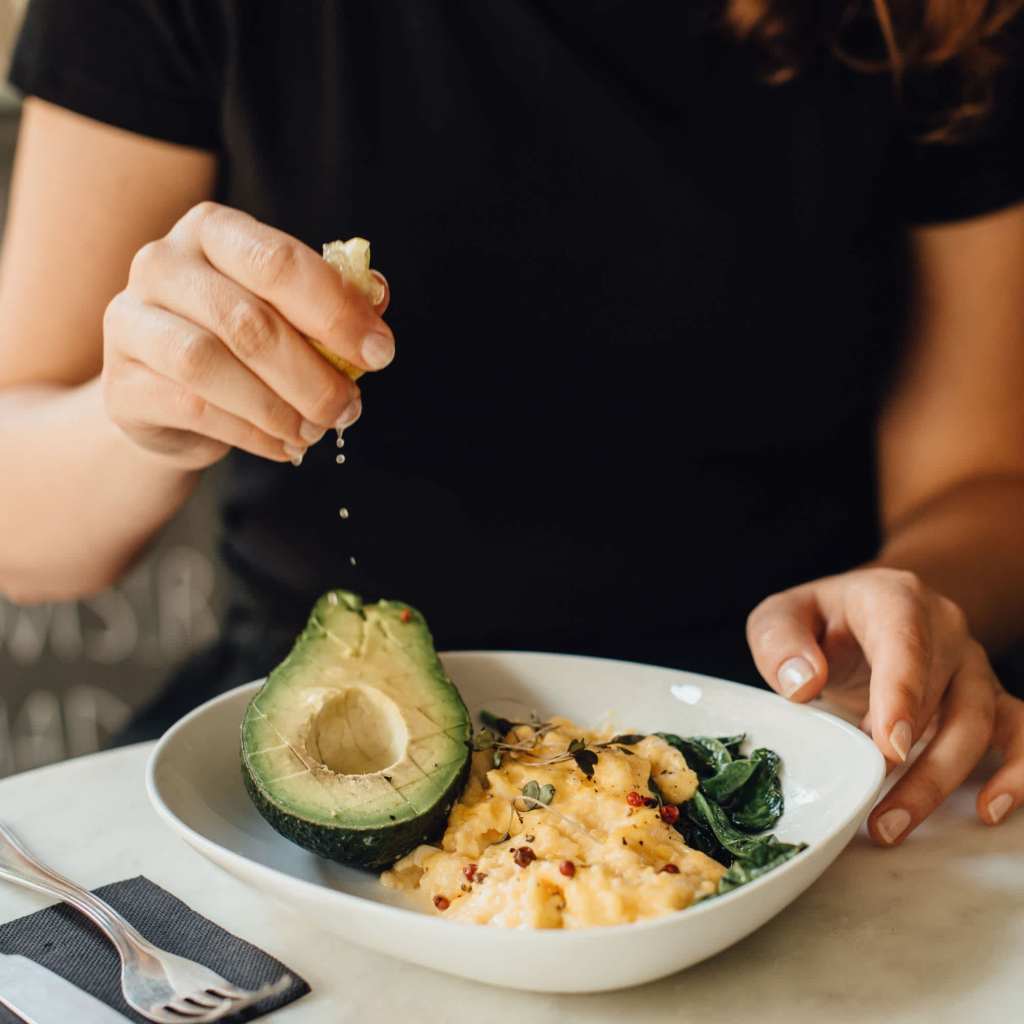You’ve heard of it, some of your friends are probably doing it but what actually is the Keto diet? Essentially, a Ketosis diet (nicknamed the Keto diet) is a low-carb, high-fat diet that celebs like Vanessa Hudgens and LeBron James have used because it encourages the body to transform and use visceral fat as a source of energy.
The goal is to achieve a state of ~ketosis~ (no, it’s not a euphoric state and yes, I thought that too). Ketosis is a metabolic function where your blood contains high levels of ketones because fat is providing the fuel for your body (instead of glucose/carbs).
It’s important to note that diets can come with risks and are best discussed with your GP or a medical professional before following (particularly if you have underlying conditions or are at an increased risk of any health conditions).
What is visceral fat?
Good question. Visceral fat is pretty much summarised as ‘the bad fat’. It sits around internal organs and in excess is a major contributor to cardiovascular disease [1]. Essentially, there are three ways that fat is stored in our bodies:
- Essential fat is necessary for a healthy, functioning body.
- Subcutaneous fat makes up most of our body fat and is stored under the skin.
- Visceral fat builds up around our organs and is often the result of a high-fat, high-sugar diet.
So, why is burning visceral fat a good thing? Because high levels of visceral fat can be dangerous and increase the risk of diseases such as type 2 diabetes.
What can and can’t I eat on a Keto diet?
A Keto diet is quite strict on what you can and can’t eat. If you aren’t ready to say goodbye to carb fuelled brunches, then you might want to skip over the list of foods to avoid.
Eat: Fish, low carb veggies, cheese, meat and poultry, eggs, coconut oil, nuts, greek yoghurt and cottage cheese.
Avoid: Rice, pasta, corn, cereal, oats, bread, lentils, chickpeas, most salty snacks, potato, refined sugar, milk and alcohol.
This list is a guide only. Restricting or removing food groups from your diet can come with risks. So make sure to discuss the full list of what to eat, limit and avoid on a Keto diet with your GP or dietitian. Your overall health is wealth and ultimately that is what comes first.
What are the health benefits of Keto?
The primary reason that the Keto diet has gained so much popularity is because of its ‘lose weight fast’ attributes. So from this perspective, weight loss offers many health benefits including improved cardiovascular health [2].
On the other hand, a yo-yo approach to dieting can quickly become unhealthy, so make sure to check in with your doctor before starting your Keto journey.
How will I feel one week into Keto?
It’s pretty common to feel off during the first two weeks of your Keto journey. This is fondly known as the “Keto flu”. Cute.
Expect to feel a little lacking in energy, you may also experience some mild flu-like symptoms as your body transitions away from a carb-based energy source and ketosis starts to work its magic.
As you embark on your Keto journey, it’s probably not the best time to start that rigorous training plan. Instead, it’s likely you will need to adjust your exercise routine to fit with your new diet.
The best way to do this is by speaking with a Personal Trainer at Fitness First who will work with you to achieve your goals, while making sure you are exercising safely.
Find out more about healthy dieting via the Australian Dietary Guidelines.
REFERENCES
[1] Abdominal obesity and your health, Harvard Health Publishing (Harvard Medical School)

